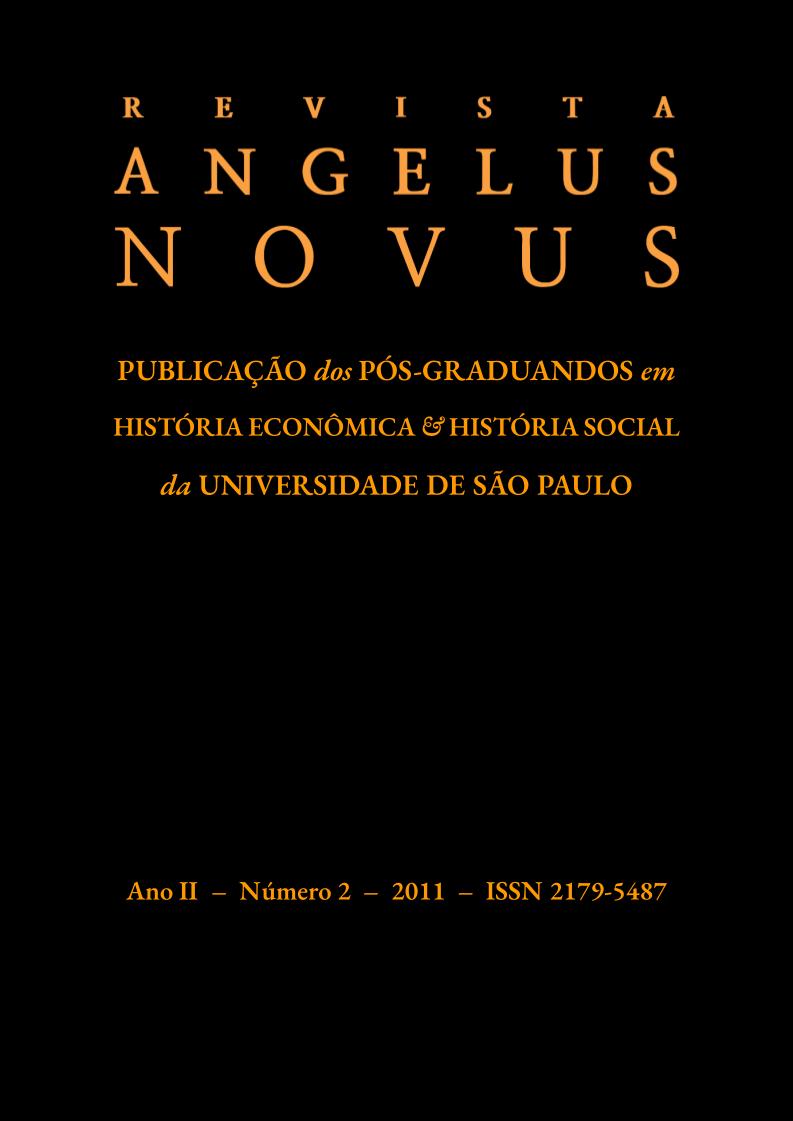The Khoiak Festival
the celebration of the Renaissance cycles
DOI:
https://doi.org/10.11606/ran.v0i2.88840Keywords:
Corn-Mummies, Festival of Khoiak, Osiris, Sokar, SolarizationAbstract
To celebrate the coming inundation of the Nile the Egyptians hold a festival in the 4th month of Akhet or Khoiak in honor of the god Sokar-Osiris. Its origin was the Festival of Sokar hold in Memphis since de Archaic Period. The main acts of this festival were the hoeing of the earth and the procession round the walls of the temple in which the pharaoh drew the Henu bark of the god Sokar. And equally in the origin of the Festival of Khoiak is the Festival of Osiris celebrated in Abydos since at least the Middle Kingdom. In this the rebirth of Osiris was celebrated after his burial and the defeat of his enemies by his son. The proximity of Sokar and Os iris as funerary gods and the growing of the popularity of both festivals allowed the union of these last ones until their total fusion in Ptolemaic Period. The number of days of the festival also increases and new elements are incorporated to it along the time. The rebirth of Osiris and the vegetation brought with the flow of the Nile was celebrated by making a figure reproducing the god of a mixture of sand and grains. Similar figures as that of the festival have been found in the funerary context, according to the signs this figures are adaptations for the dead of the figures executed during the Festival of Khoiak, allowing him to reborn in the Underworld like Osiris.Downloads
Download data is not yet available.
Downloads
Published
2011-07-24
Issue
Section
Artigos
License
Copyright (c) 2014 Angelus Novus (São Paulo)

This work is licensed under a Creative Commons Attribution-NonCommercial 4.0 International License.
1. Proposta de Política para Periódicos de Acesso Livre
Autores que publicam nesta revista concordam com os seguintes termos:
- Autores mantém os direitos autorais e concedem à revista o direito de primeira publicação, com o trabalho simultaneamente licenciado sob a Creative Commons Attribution License que permitindo o compartilhamento do trabalho com reconhecimento da autoria do trabalho e publicação inicial nesta revista.
- Autores têm autorização para assumir contratos adicionais separadamente, para distribuição não-exclusiva da versão do trabalho publicada nesta revista (ex.: publicar em repositório institucional ou como capítulo de livro), com reconhecimento de autoria e publicação inicial nesta revista.
- Autores têm permissão e são estimulados a publicar e distribuir seu trabalho online (ex.: em repositórios institucionais ou na sua página pessoal) a qualquer ponto antes ou durante o processo editorial, já que isso pode gerar alterações produtivas, bem como aumentar o impacto e a citação do trabalho publicado (Veja O Efeito do Acesso Livre).
How to Cite
The Khoiak Festival: the celebration of the Renaissance cycles. (2011). Revista Angelus Novus, 2, 5-33. https://doi.org/10.11606/ran.v0i2.88840






